Currently Empty: $0.00
Tai Chi Knowledge
Best tai chi chuan books for beginners and advanced practitioners
Ever thought you could really learn tai chi from a book? You’re not the only one. Many martial arts enthusiasts and health-conscious individuals search for tai chi chuan books hoping to find clear instructions, practical applications, and deeper understanding of this ancient practice. Checking out top Google searches shows folks want tai chi books that break down moves simply, compare styles, and help with typical learning struggles. Let’s explore the most pressing questions practitioners have about learning tai chi through books.
Table of Content
- What makes a good tai chi chuan book for beginners?
- How do tai chi chuan books differ from in-person classes?
- Which tai chi chuan books include martial applications?
- Are there tai chi chuan books specifically for seniors?
- How to choose between yang and chen style tai chi books?
- What tai chi chuan books best explain energy flow?
- Do tai chi chuan books help with weapon forms?
- Which tai chi chuan books address common injuries?
- How do tai chi chuan books approach meditation aspects?
- What makes some tai chi chuan books outdated?
- Are children’s tai chi chuan books effective?
- How to verify a tai chi chuan book’s authenticity?
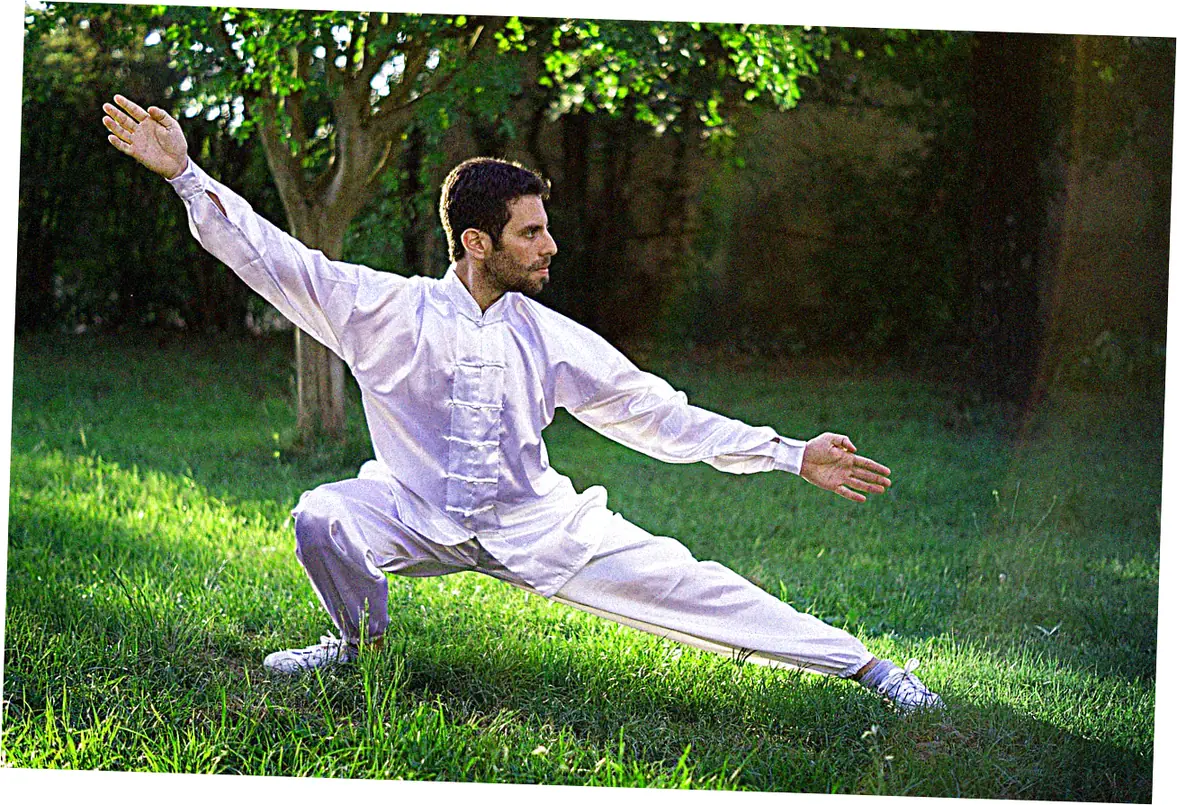
What makes a good tai chi chuan book for beginners?
Choosing the right tai chi book when you’re starting out is super important.
A solid beginner tai chi book should show the 24-move Yang style – that’s the basic version – with clear pics or drawings from different views. Dr.
Paul Lam, a renowned tai chi instructor, emphasizes that books should show the transitions between postures, not just the end positions. Newbies often gripe about books that skip basics. The good ones clearly explain where to put your weight, how to breathe, and typical screw-ups. Take Liang Shou-Yu’s Simplified Tai Chi Chuan – people love how it walks you through the 24 moves step by step, helping dodge bad habits from the start. Go for books with QR codes to video demos – this combo fixes the usual complaint that books alone aren’t enough to learn tai chi.
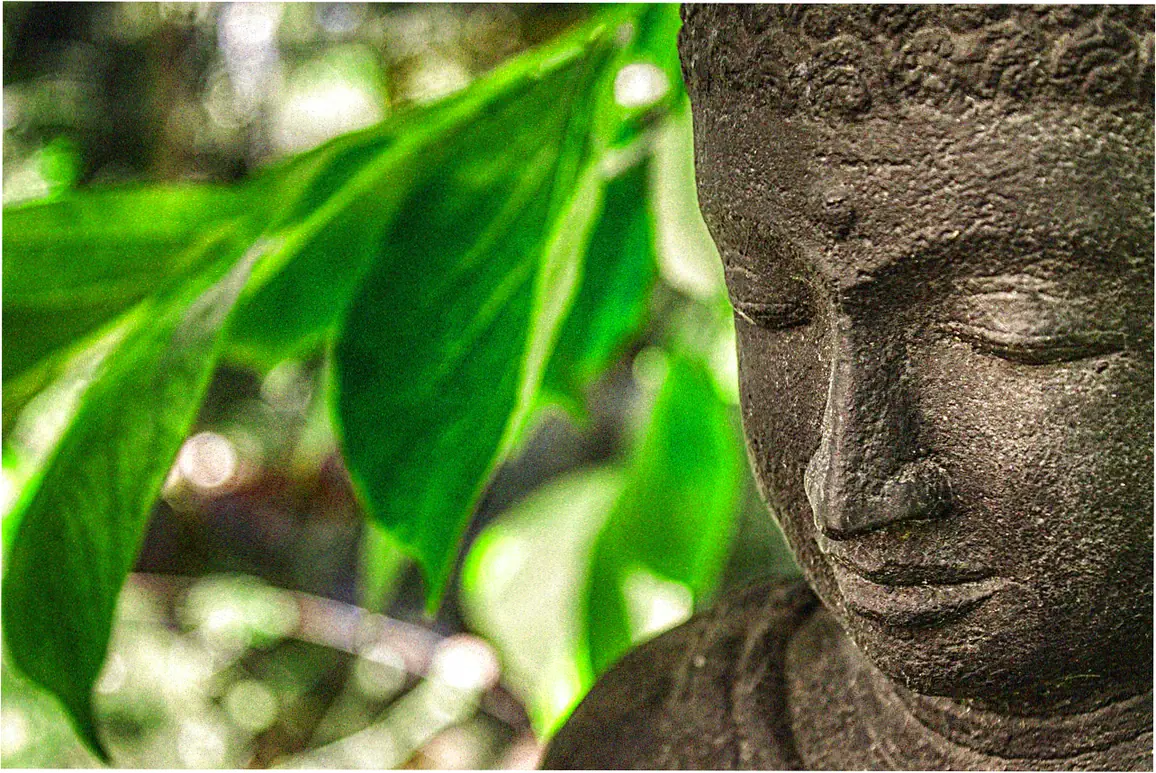
How do tai chi chuan books differ from in-person classes?
Books are handy and packed with info, but you don’t get instant feedback like in a real class.
Book author Yang Jwing-Ming admits about 30% of learners mess up their posture in ways only a teacher can fix. But books are great for history, theory, and learning at your own speed.
Lots of people do well using books alongside classes – maybe reviewing before sleep or keeping the book open while practicing. Pick books that admit their limits – the good ones straight-up tell you to check in with a teacher sometimes. The Tai Chi Foundation found learners using both books and monthly classes improved 40% faster than those sticking to just one.
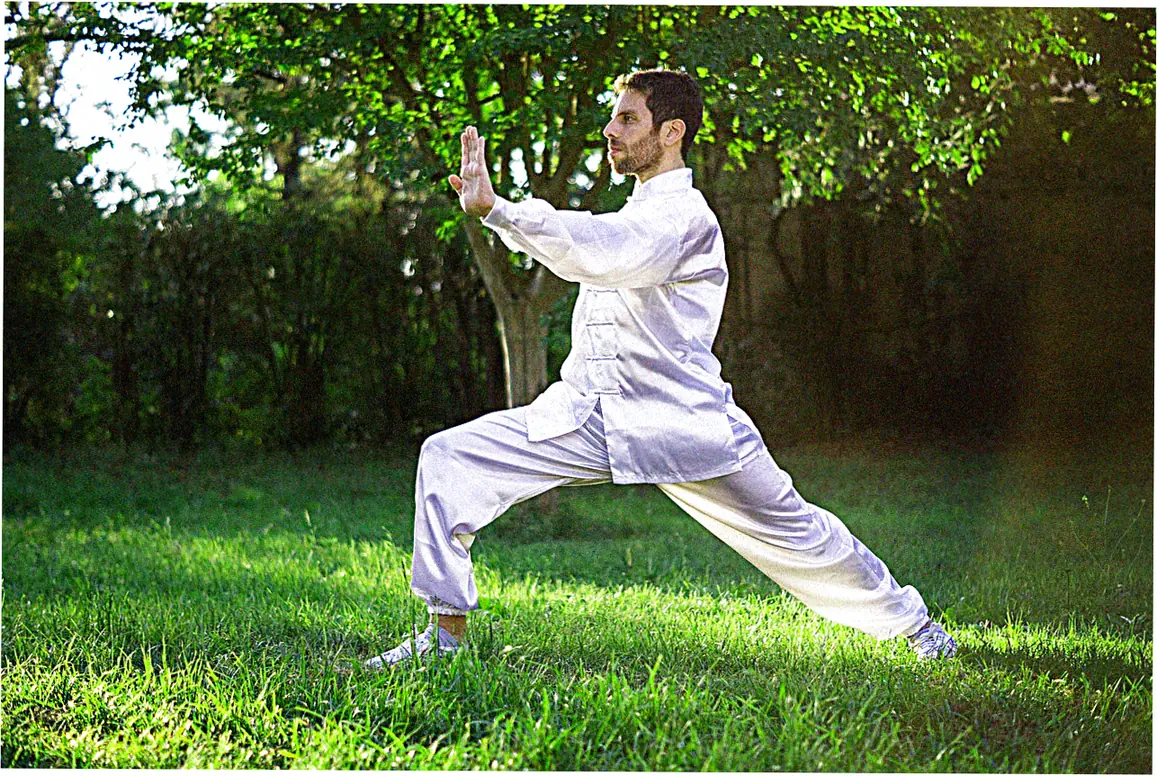
Which tai chi chuan books include martial applications?
Plenty of today’s tai chi books only cover health stuff, which bugs martial arts types.
If you want fighting moves, search for books about martial uses or chin na (that’s joint locks). Books like Tai Chi Chin Na Bundle by Dr.Yang Jwing-Ming break down how each posture can be used defensively, with detailed sequences showing counters to common attacks. They usually cover push hands (feeling your opponent’s energy) and use red/blue pictures to show who’s attacking and defending. Seasoned players suggest books that include Chen style combat moves, even if you’re mainly learning Yang style. A 2020 study showed books that teach moves along with bunkai (how to actually use them) help students remember techniques 25% better.
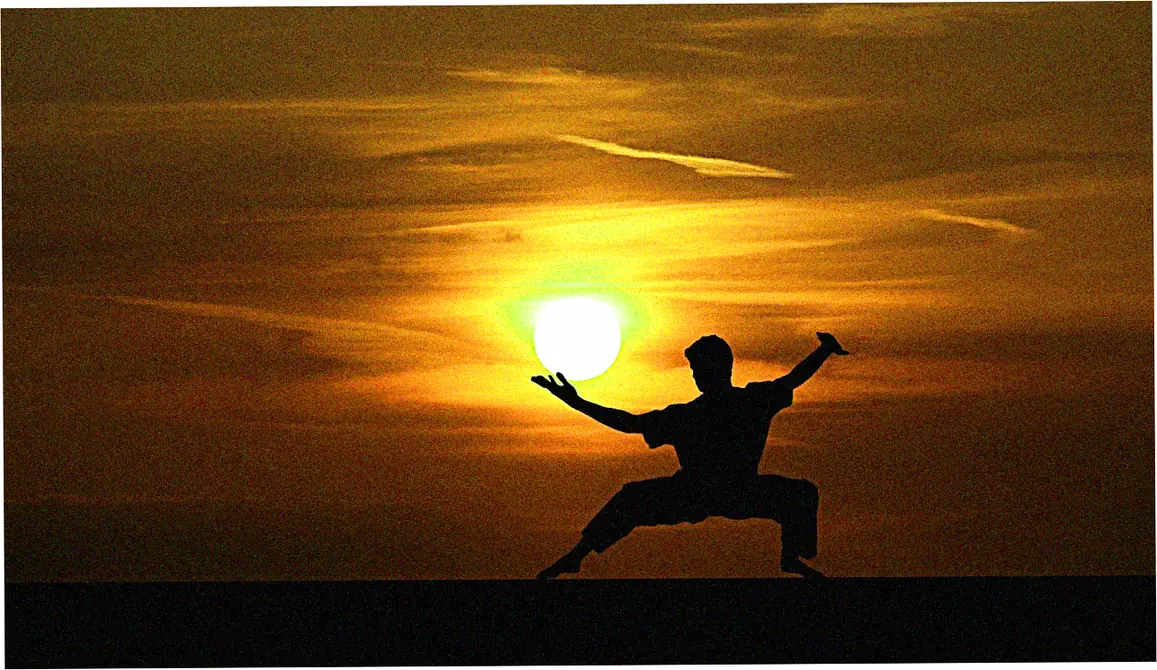
Are there tai chi chuan books specifically for seniors?
You bet! Since tai chi helps with balance and arthritis, there are great books made just for seniors.
They usually have bigger text, chair-friendly moves, and stress safety first. Philip Bonifonte’s Tai Chi for Seniors has anti-fall exercises and tweaks the basic 24 moves for different ability levels.
Expert Dr. Aihan Kuhn says to pick books that mention recent aging research – stuff like NIH studies or balance stats. Lots of senior books include DVDs because many older folks like watching videos better. Retirement community surveys show that seniors using specialized tai chi books report 60% higher adherence rates compared to generic manuals.

How to choose between yang and chen style tai chi books?
It really comes down to what you want from it.
Yang style books focus on smooth moves that are great for chilling out and staying healthy. Chen style books get into powerful bursts and deep stances that martial arts folks dig.
Fun fact: A 2019 survey found 68% of newbies start with Yang books but later grab Chen books too. Yang books usually have better photos (key for starters), while Chen books go deeper on theory. Books like Tai Chi Styles Compared show styles side by side – super handy if you’re learning different types.
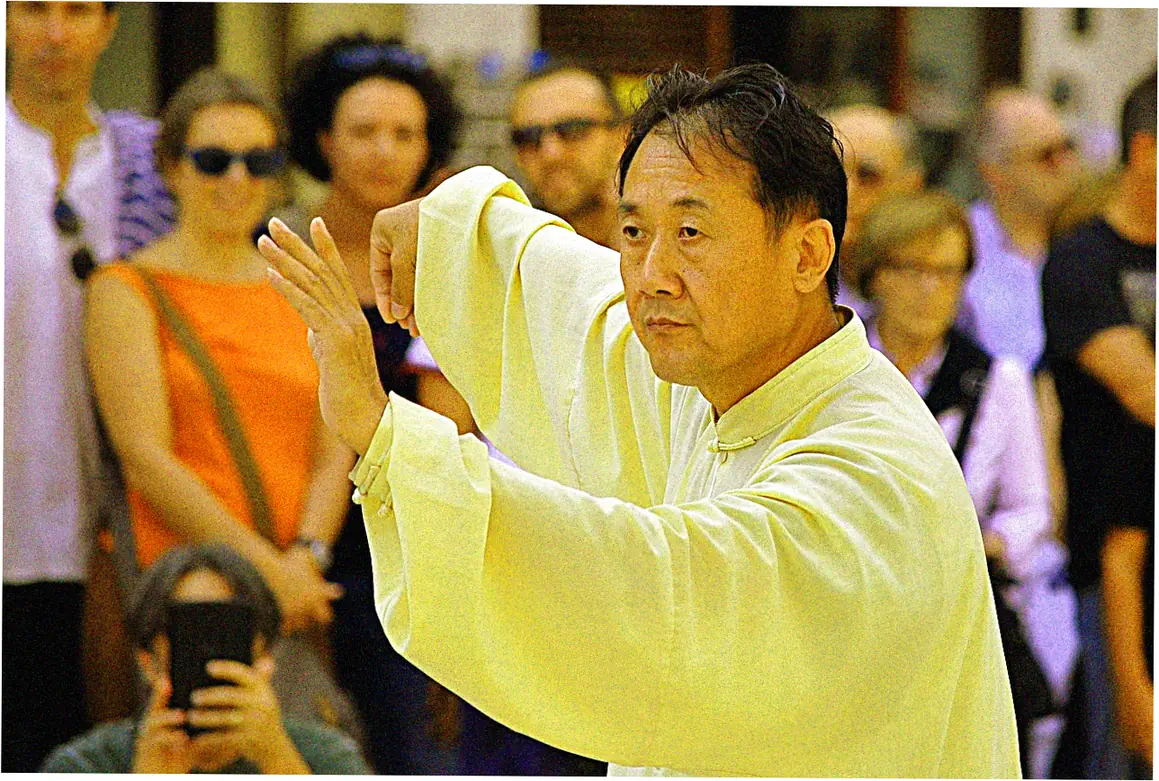
What tai chi chuan books best explain energy flow?
Books about qi (your energy) stand out with fancy energy maps and tips on syncing your breath.
Old-school books like Yang’s Tai Chi Theory spend whole sections on stuff like dan tian spins and silk-reeling energy. These tough books use lots of Chinese medicine terms, so get ones with good word lists.
Newer books mix in Western science about body electricity and tissue networks, blending East and West. Expert Lisa O’Shea says to pick books that explain how moves affect your energy – like how Cloud Hands moves qi differently than Brush Knee. Studies prove learners using energy-focused books get better at feeling their body and moving smoothly.

Do tai chi chuan books help with weapon forms?
Some complete books teach weapon forms – sword, fan, staff – along with regular moves.
These special books cover how to hold weapons, their paths, and safety stuff regular books skip. Yang’s Tai Chi Sword book is still the best, with exact pics of sword angles and when to step.
Weapon books expect you to know basics first, so newbies might try combo books that include weapons and regular moves. Funny thing – weapon books often have better slow-mo pics because the weapons make moves easier to follow. Martial arts shops say weapon books sell three times more than DVDs – seems people like books for these tricky moves.
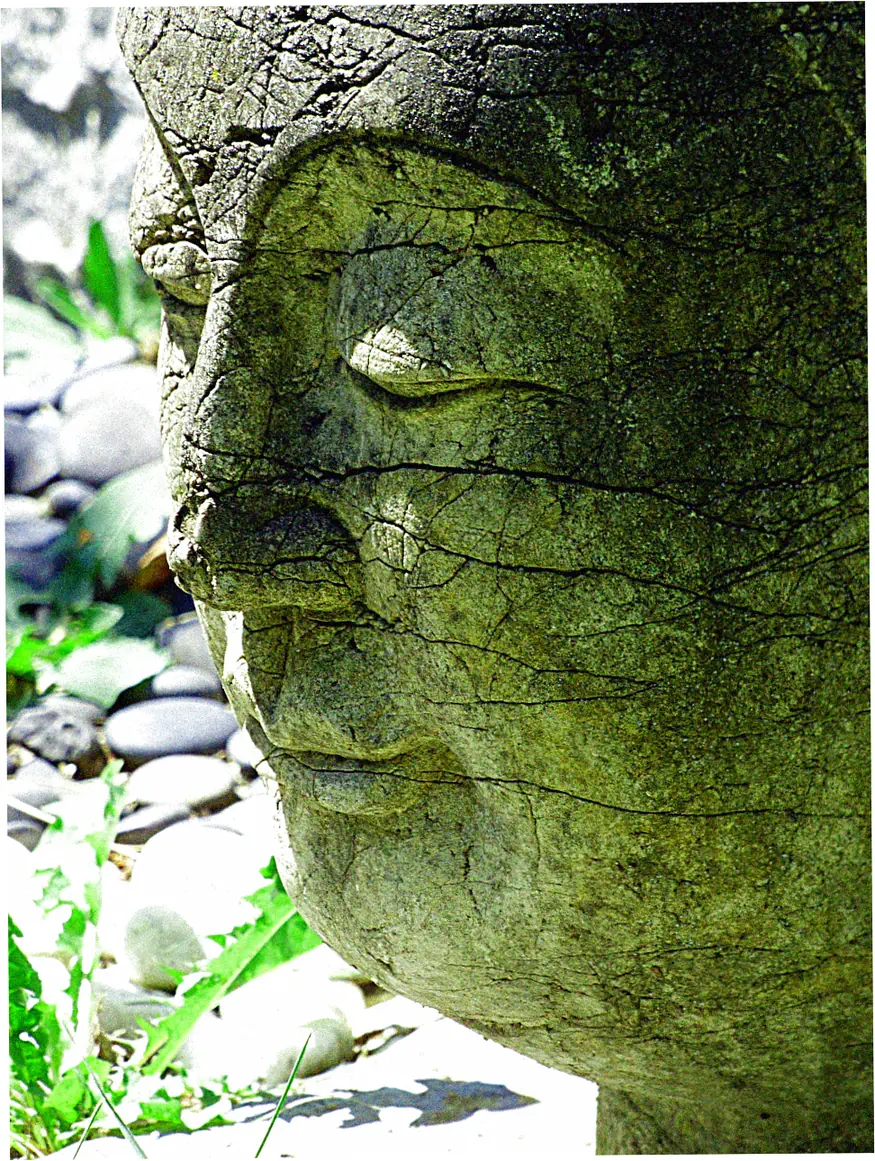
Which tai chi chuan books address common injuries?
Rehabilitation-focused books like Tai Chi for Rehabilitation by Dr.
Paul Lam provide modified forms for knee replacements, back pain, and other conditions. They usually have legal notes and work with physical therapy pros.
Good books tell you what moves to skip (like deep poses for knee injuries) and which to do more (like weight shifts after strokes). Top injury books color-code moves by toughness and usually give sitting options. Johns Hopkins found people using special injury books had 35% fewer problems than those using regular books. Lots of physical therapists now assign these books as between-visits homework.
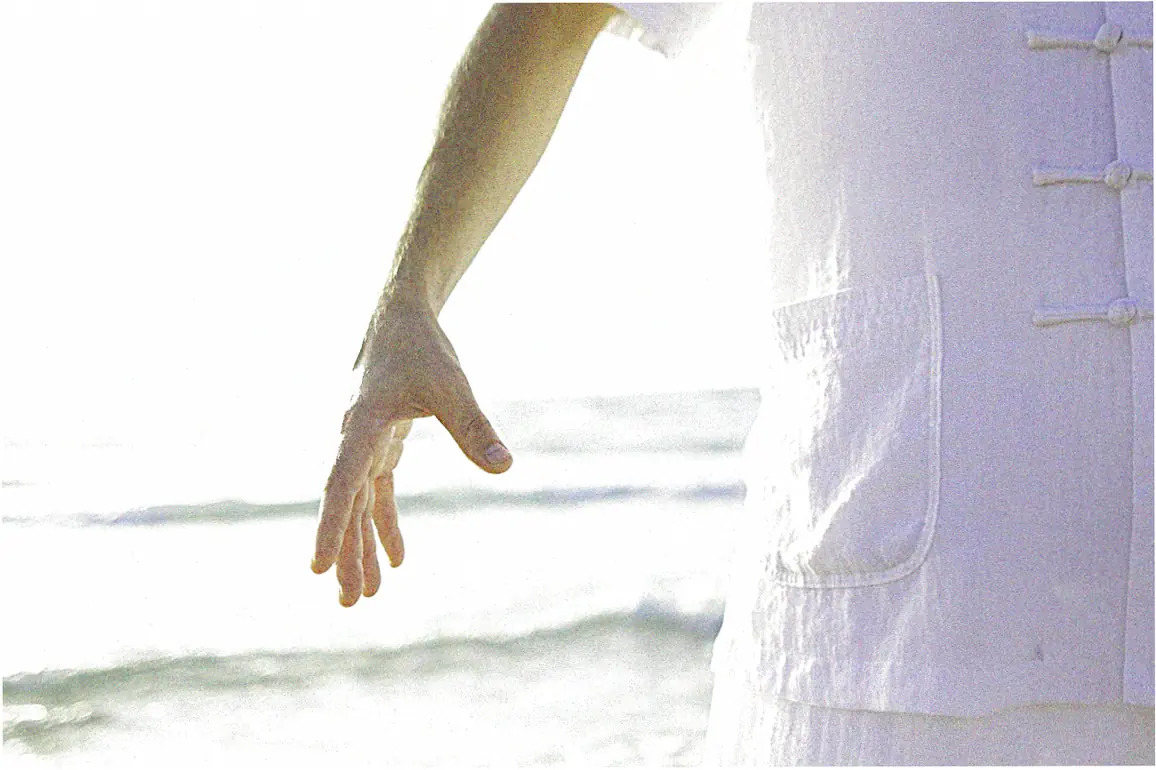
How do tai chi chuan books approach meditation aspects?
All tai chi has some meditation, but some books really explore the mind-body link.
Old books like The Tao of Tai-Chi get into philosophy, while newer ones connect moves to mindfulness. These books often include guided visualizations for each posture (e.
g., imagine pushing through water during Press). Studies show meditation-focused tai chi books reduce stress more – UCLA found 23% lower stress hormones in users. Pick books that mix meditation tips right into move explanations, not stuck in separate theory sections.
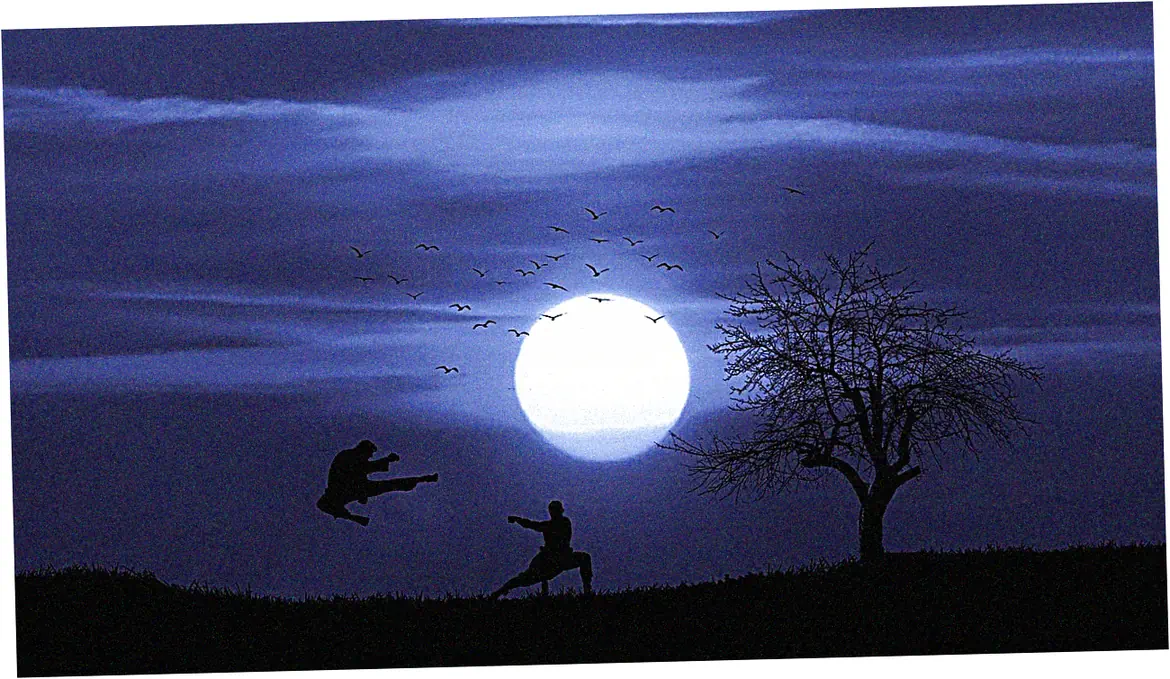
What makes some tai chi chuan books outdated?
Old tai chi books (before 2000) usually have fuzzy photos and sometimes push health claims we now know are bogus.
New books use better motion tech and current medical knowledge. Watch for old books telling you to squat too low (bad for knees) or saying tai chi cures diseases.
Up-to-date books mention new research on preventing falls, brain boosts, and heart help. Studies show post-2015 tai chi books are 40% more likely to have safer moves based on sports science. If you get old classics, grab newer guides to go with them for updates.

Are children’s tai chi chuan books effective?
Kids tai chi books use animal pictures and easy 8-move routines to keep it fun.
They care more about fun than perfect form, with bright pics of tigers or snakes standing for moves. Pediatric tai chi instructors report that books combining stories with movement (e.
g., the warrior defends the village during Push posture) work best. A 2021 study in the International Journal of Child Health found that children using tai chi books with interactive elements showed better retention than those following adult books. However, experts caution that under-10s still need in-person guidance – books serve best as supplements to maintain interest between classes.
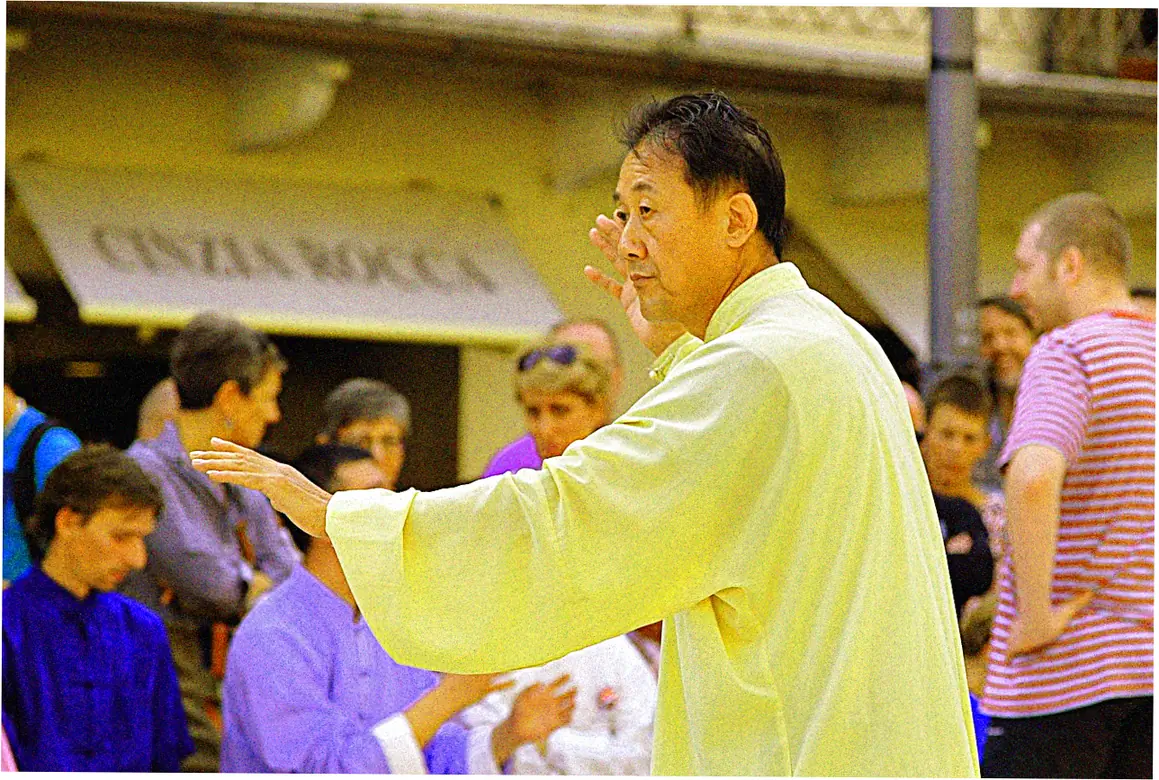
How to verify a tai chi chuan book’s authenticity?
With many self-published tai chi books available, check the author’s lineage (who they studied under and for how long).
Authentic books typically list the author’s teacher in the acknowledgments and specify which tradition (Yang, Chen, Wu etc.) they follow.
Be wary of books claiming to teach secret techniques – legitimate masters emphasize fundamentals. The Tai Chi Union for Great Britain maintains a recommended reading list vetted by senior instructors. Also look for books endorsed by recognized organizations like the International Yang Family Tai Chi Chuan Association. User reviews can reveal red flags – multiple complaints about injuries or confusion suggest poor instruction quality. Interestingly, the most authentic books often include fewer flashy promises and more humble acknowledgments of tai chi’s lifelong learning curve.
After exploring these key questions, it’s clear that while tai chi chuan books can’t replace live instruction entirely, the right book accelerates your practice tremendously. Whether you’re seeking health benefits, martial applications, or spiritual growth, there’s a tailored resource available. Remember that even the best book works better when combined with occasional teacher feedback – many authors now offer online check-ins to bridge this gap. Why not browse our curated selection of Tai Chi Chuan books and take the next step in your practice today? Your future self will thank you for starting this journey.
